Theatre as a Refuge in ‘Wareware no moromoro’ by Hideto Iwai
In this play, the playwright presented the stories of residents of Gennevilliers, performed by professional and amateur actors.
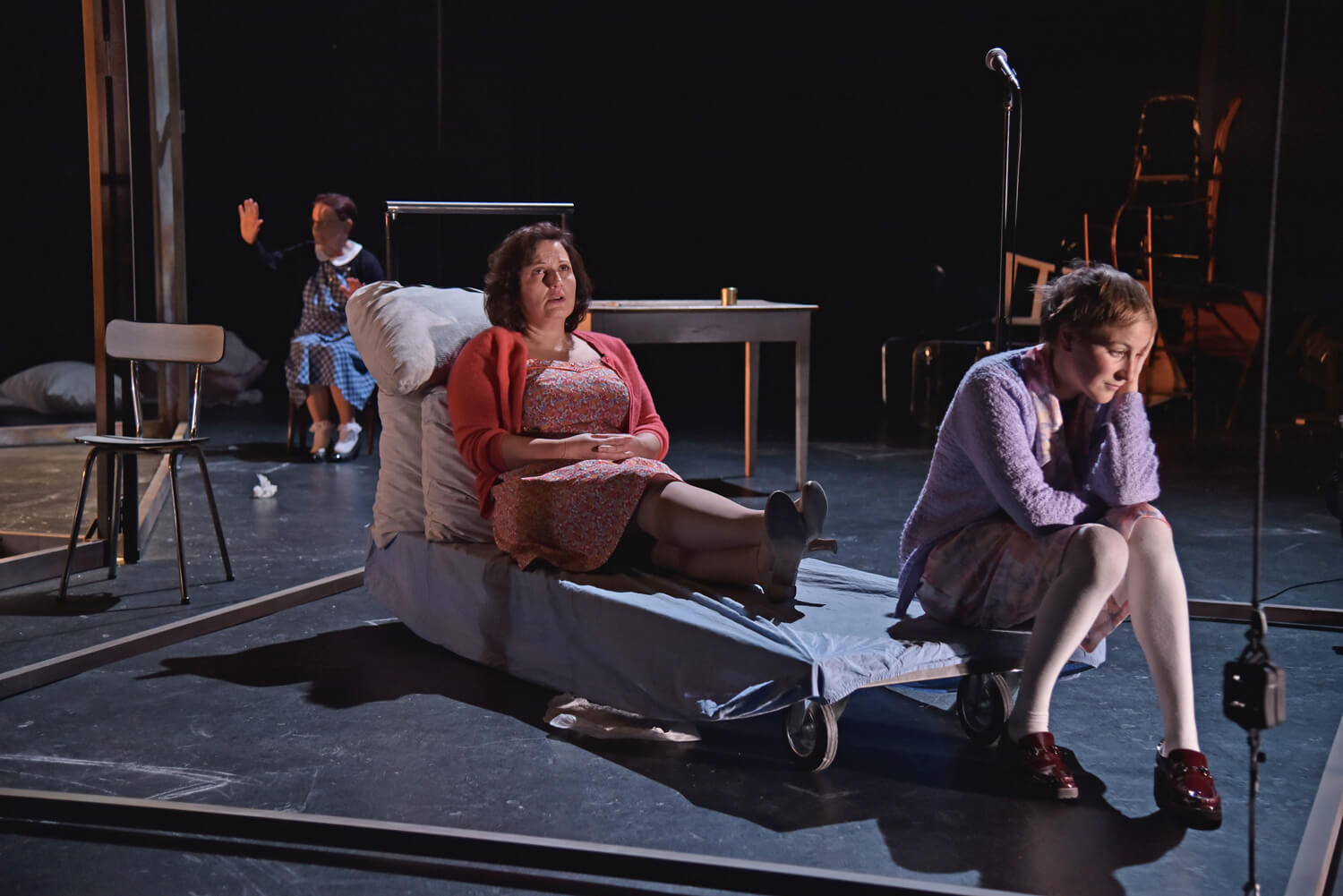
© Mammar Benranou
Part of the Festival d’Automne and Japonismes 2018, Wareware no moromoro (our stories) is a Franco-Japanese collaboration. Daniel Jeanneteau, artistic director of the Théâtre de Gennevilliers in the suburbs of Paris, invited Japanese playwright Hideto Iwai to co-produce a new play. It is inspired by his own life, after he spent four years of his adolescence as a recluse, staying indoors playing video games and watching violent sports before finding refuge in theatre.
‘Identify with what is happening on stage’
Wareware no moromoro offered a tender, humorous dialogue about contemporary society. For this play, his first to be presented outside of Japan, Hideto Iwai met the residents of Gennevilliers in 2017. These encounters and discussions gave rise to a series of texts that were performed by professional actors and also local amateurs. In an interview with the Japan Times in summer 2018, Hideto Iwai explained: ‘theatre makes both the actors and the audience question their own lives and identify with what is happening on stage.’
Wareware no moromoro (2018), a play by Hideto Iwai was staged at the Théâtre de Gennevilliers during the Festival d’Automne.
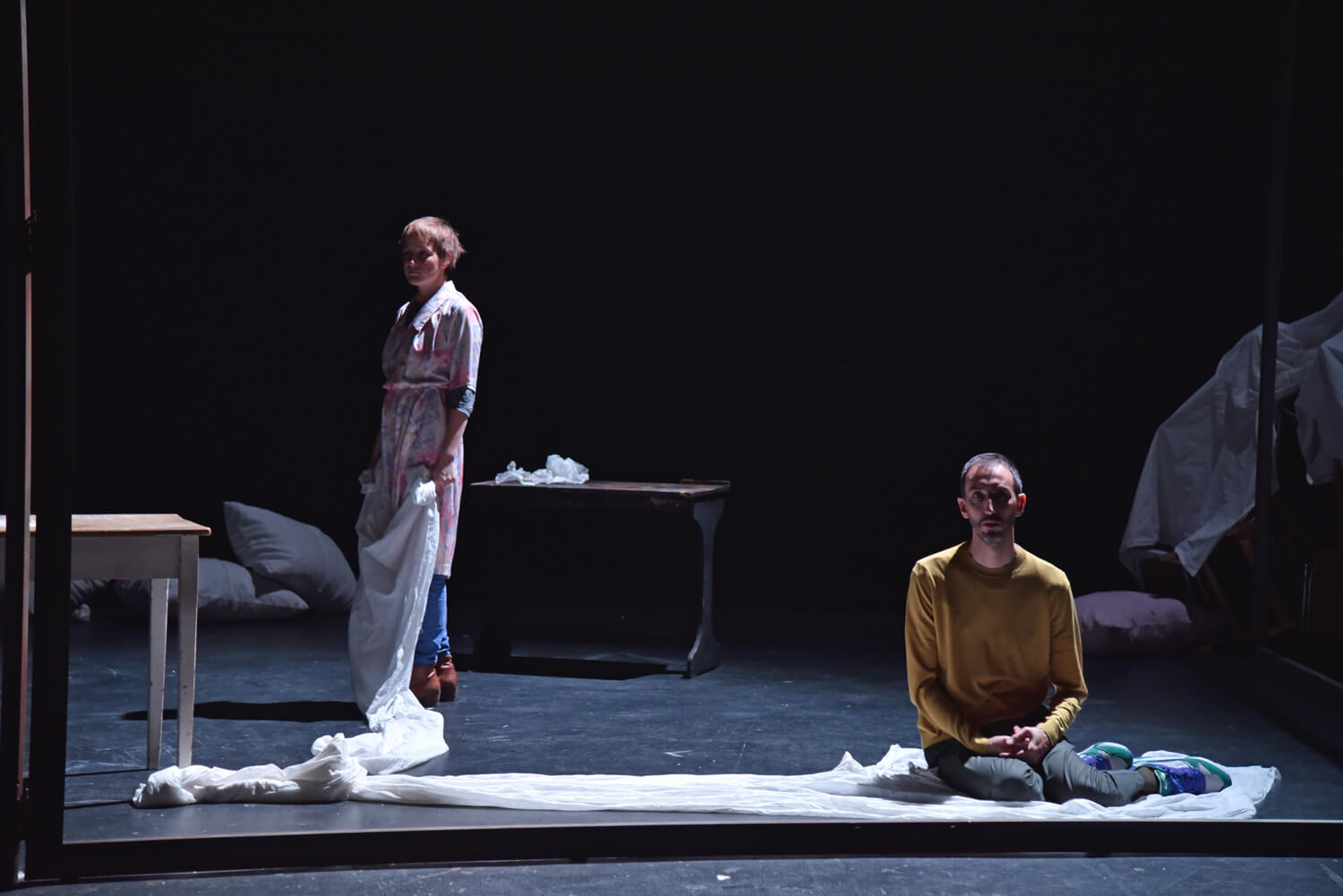
© Mammar Benranou
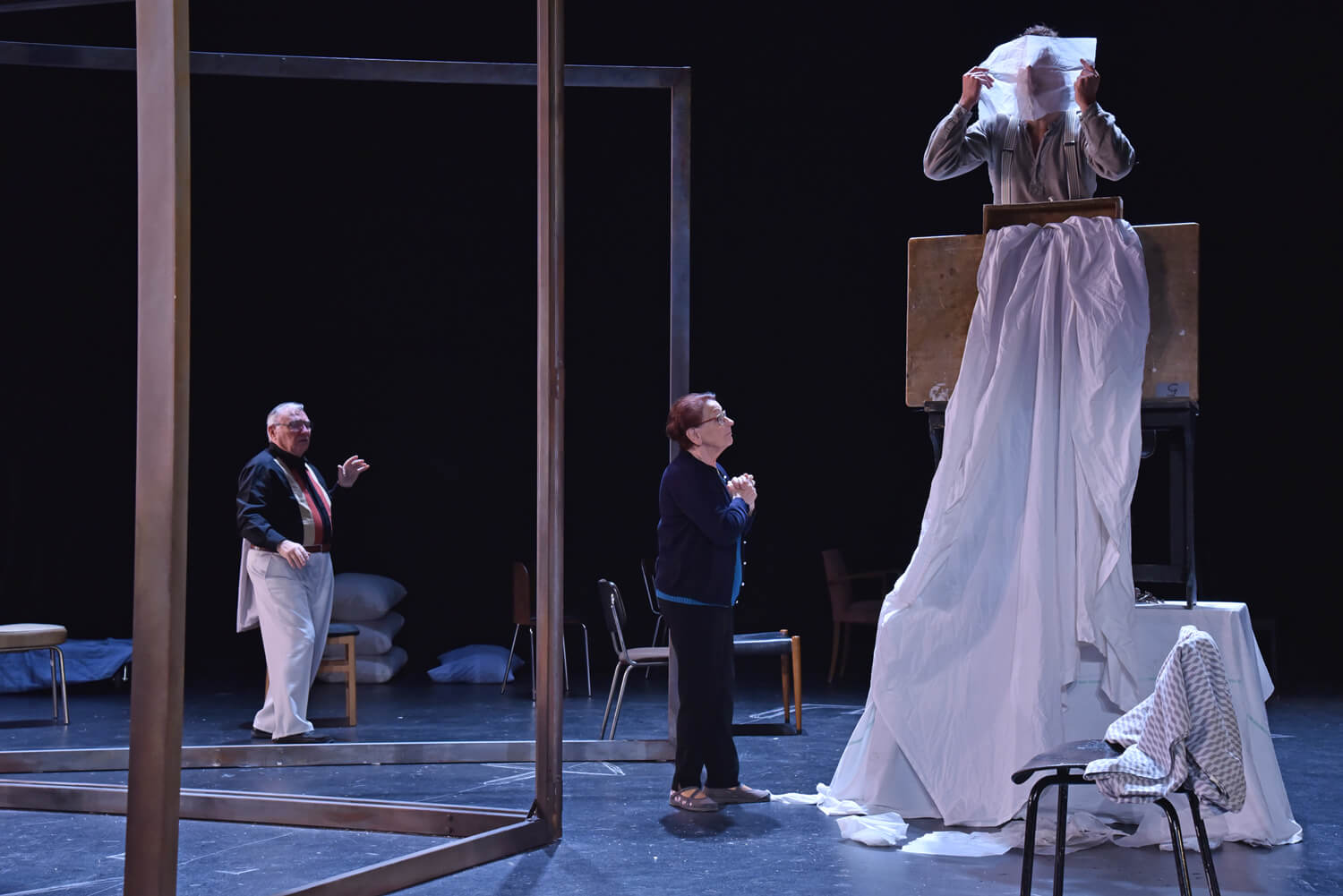
© Mammar Benranou
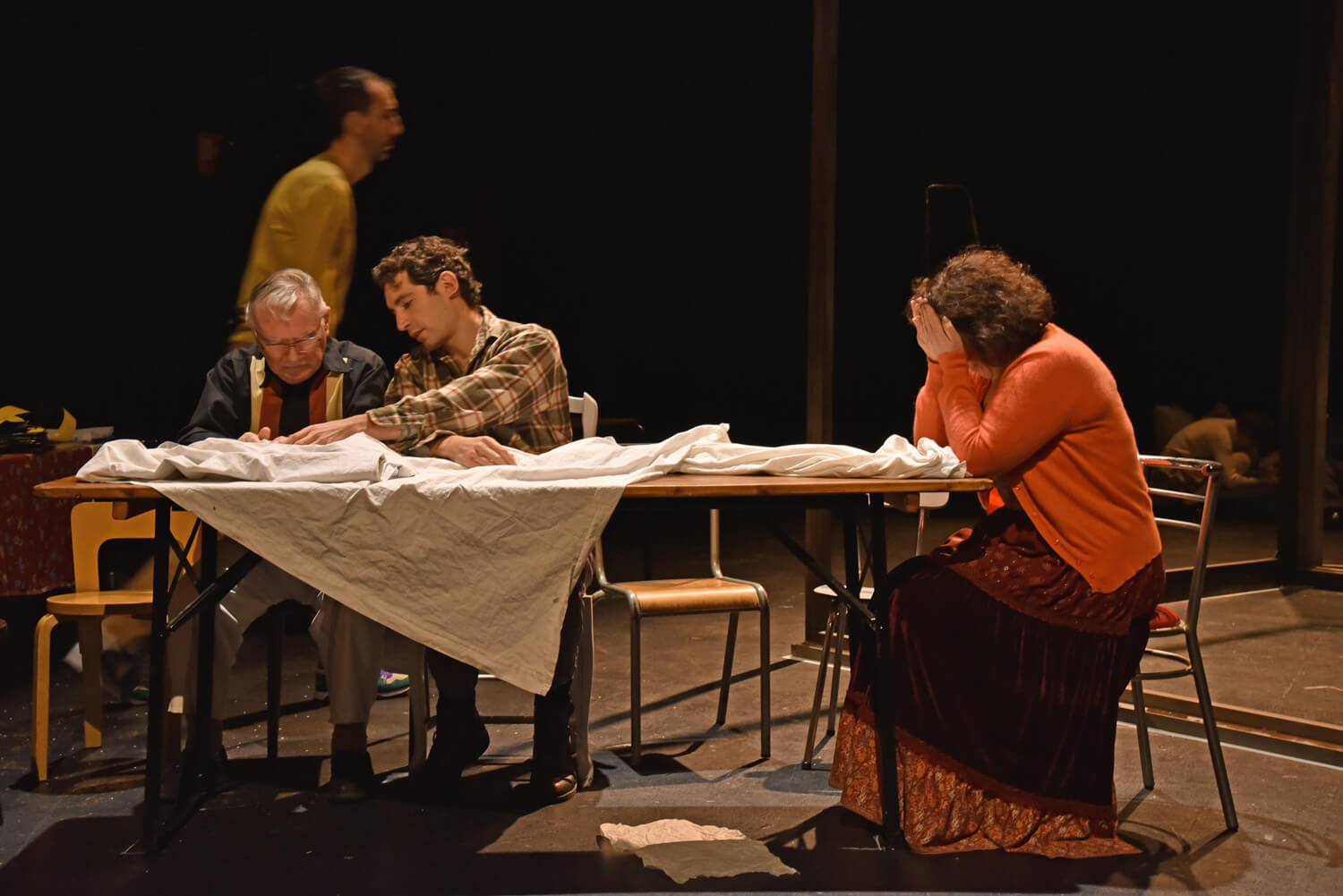
© Mammar Benranou
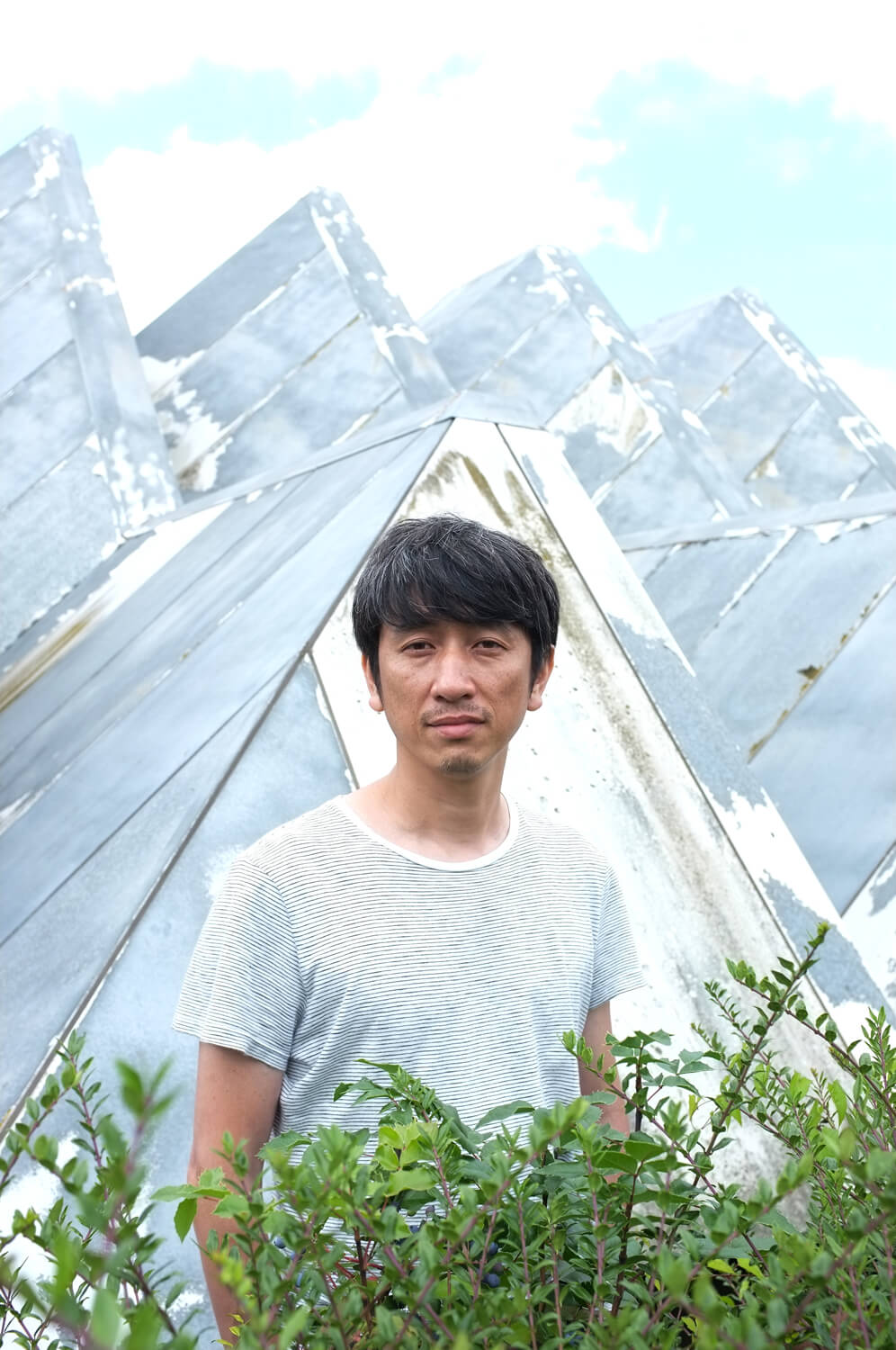
© Guillaume Deloire
TRENDING
-
The Tattoos that Marked the Criminals of the Edo Period
Traditional tattoos were strong signifiers; murderers had head tattoos, while theft might result in an arm tattoo.

-
Chiharu Shiota, Red Threads of the Soul
Last year, more than 660,000 people visited the retrospective 'Chiharu Shiota: The Soul Trembles' exhibit at the Mori Art Museum.

-
‘Before Doubting Others, Doubt Yourself. Who Can Truly Say a Dish Isn’t What It Used to Be?’
In ‘A Non-Conformist’s Guide to Surviving Society’, author Satoshi Ogawa shares his strategies for navigating everyday life.

-
The Story of Sada Yacco, the Geisha who Bewitched Europe
Described by Dazed magazine as the first beauty influencer, she has been restored to her former glory since 2019.

-
Ito Jakuchu's Naturalist Paintings
From 15 September until 14 October 2018, the Petit Palais showcased the artist's iconic ‘Images of the Colourful Realm of Living Beings’.





